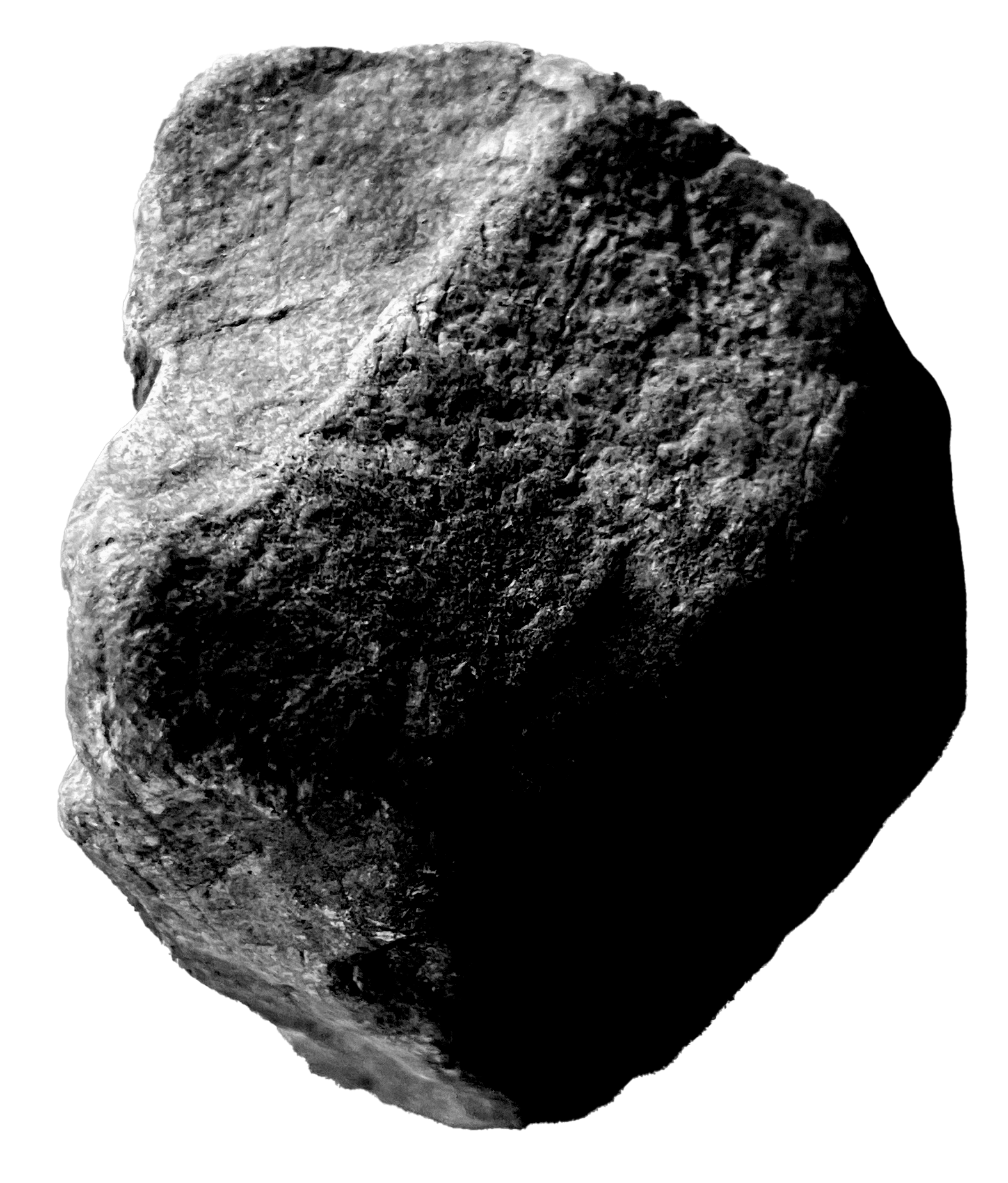El Niño
The tropics are home to many different species of fast-growing trees that have the capabilities of sequestering carbon through photosynthesis and through forest soils. That carbon is then cycled through respiration and decomposition by animals, plants, and soils. Forest fires result in a large increase in carbon release into the atmosphere and result in forests and other living biomass taking a significant amount of time to sequester back the loss carbon. Trees that are younger and grow faster acquire carbon at higher rates and store that carbon in the form of dry wood through growth (The Carbon Cycle and the Climate System). In tropical forests, more carbon is found in living biomass than organic soil, whereas in boreal forests, most of the carbon is found in the soil, not the vegetation. This relationship is due to the temperature differences between the two biomes. As temperatures become warmer in temperate forests and furthermore into tropical forests, the rate of decomposition and the chemical reactions involved in nutrient recycling increase (Malhi et al. 1999).
In 2011 and 2015, the El Niño-Southern Oscillation (ENSO) was particularly intense and led to significant differences in observed carbon acquisition in the tropical forests of South America, South Asia, and Africa (Liu et al. 2017). Each region showed similar values for Net Biome Exchange over these years. However, because ENSO impacts different parts of the earth in different ways, each of these regions experienced different dominating determinants. In the Amazon, El Niño causes a shift in convection which ultimately results in a decrease in precipitation (Marengo and Espinoza 2015). The decrease in precipitation led to a decrease in GPP because trees will close their stomata in an attempt to retain moisture in dry conditions. By closing the stomata, however, the trees limit their ability to sequester in carbon. In Southeast Asia, El Niño also results in a lack of precipitation due to the shift in convection of the easterly trade winds. Because Southeast Asia is comprised of a lot of peatland, which is a major sequester of carbon, this area’s diminishing carbon sink is attributed to an increase in prevalence of fires (Yin et al. 2016). In Africa, El Niño caused an increase in surface temperature (Liu et al. 2017). An increase in surface temperature by 1.6σ leads to a suppression of photosynthesis and encourages more respiration.
In 2011 and 2015, the El Niño-Southern Oscillation (ENSO) was particularly intense and led to significant differences in observed carbon acquisition in the tropical forests of South America, South Asia, and Africa (Liu et al. 2017). Each region showed similar values for Net Biome Exchange over these years. However, because ENSO impacts different parts of the earth in different ways, each of these regions experienced different dominating determinants. In the Amazon, El Niño causes a shift in convection which ultimately results in a decrease in precipitation (Marengo and Espinoza 2015). The decrease in precipitation led to a decrease in GPP because trees will close their stomata in an attempt to retain moisture in dry conditions. By closing the stomata, however, the trees limit their ability to sequester in carbon. In Southeast Asia, El Niño also results in a lack of precipitation due to the shift in convection of the easterly trade winds. Because Southeast Asia is comprised of a lot of peatland, which is a major sequester of carbon, this area’s diminishing carbon sink is attributed to an increase in prevalence of fires (Yin et al. 2016). In Africa, El Niño caused an increase in surface temperature (Liu et al. 2017). An increase in surface temperature by 1.6σ leads to a suppression of photosynthesis and encourages more respiration.
References
Liu, Junjie, Kevin W. Bowman, David S. Schimel, Nicolas C. Parazoo, Zhe Jiang, Meemong Lee, A. Anthony Bloom, et al. “Contrasting Carbon Cycle Responses of the Tropical Continents to the 2015–2016 El Niño.” Science 358, no. 6360 (October 13, 2017): eaam5690. https://doi.org/10.1126/science.aam5690.
Malhi, Y., D. D. Baldocchi, and P. G. Jarvis. “The Carbon Balance of Tropical, Temperate and Boreal Forests.” Plant, Cell & Environment 22, no. 6 (June 1, 1999): 715–40. https://doi.org/10.1046/j.1365-3040.1999.00453.x.
Marengo, J. A., and J. C. Espinoza. “Extreme Seasonal Droughts and Floods in Amazonia: Causes, Trends and Impacts.” International Journal of Climatology 36, no. 3 (March 1, 2016): 1033–50. https://doi.org/10.1002/joc.4420.
Yin, Yi, Philippe Ciais, Frederic Chevallier, Guido R. van der Werf, Thierry Fanin, Gregoire Broquet, Hartmut Boesch, et al. “Variability of Fire Carbon Emissions in Equatorial Asia and Its Nonlinear Sensitivity to El Niño.” Geophysical Research Letters 43, no. 19 (October 16, 2016): 10,472-10,479. https://doi.org/10.1002/2016GL070971.
“7.3 The Carbon Cycle and the Climate System - AR4 WGI Chapter 7: Couplings Between Changes in the Climate System and Biogeochemistry.” Accessed October 9, 2018. https://www.ipcc.ch/publications_and_data/ar4/wg1/en/ch7s7-3.html.
Malhi, Y., D. D. Baldocchi, and P. G. Jarvis. “The Carbon Balance of Tropical, Temperate and Boreal Forests.” Plant, Cell & Environment 22, no. 6 (June 1, 1999): 715–40. https://doi.org/10.1046/j.1365-3040.1999.00453.x.
Marengo, J. A., and J. C. Espinoza. “Extreme Seasonal Droughts and Floods in Amazonia: Causes, Trends and Impacts.” International Journal of Climatology 36, no. 3 (March 1, 2016): 1033–50. https://doi.org/10.1002/joc.4420.
Yin, Yi, Philippe Ciais, Frederic Chevallier, Guido R. van der Werf, Thierry Fanin, Gregoire Broquet, Hartmut Boesch, et al. “Variability of Fire Carbon Emissions in Equatorial Asia and Its Nonlinear Sensitivity to El Niño.” Geophysical Research Letters 43, no. 19 (October 16, 2016): 10,472-10,479. https://doi.org/10.1002/2016GL070971.
“7.3 The Carbon Cycle and the Climate System - AR4 WGI Chapter 7: Couplings Between Changes in the Climate System and Biogeochemistry.” Accessed October 9, 2018. https://www.ipcc.ch/publications_and_data/ar4/wg1/en/ch7s7-3.html.
